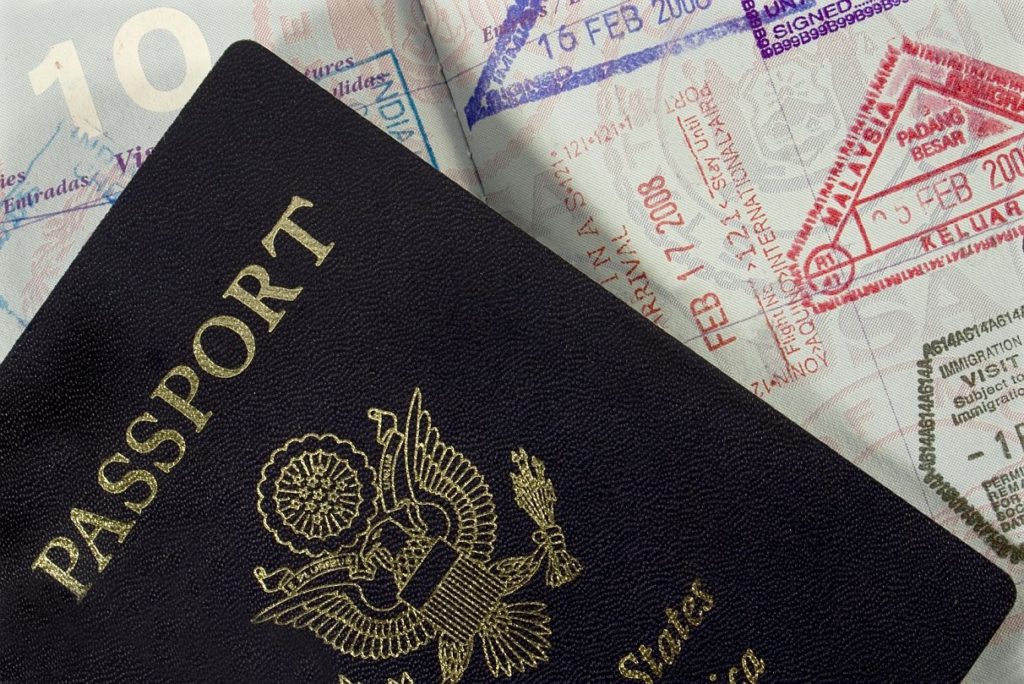India is a land known for its diverse culture and traditional delight that attracts thousands of tourists from throughout the world. Earlier, it has not been as easy to get an Indian visa as it is now. The Indian Government has made necessary changes in the variety of visas it offered to nationals. Although, all foreign citizens, including children, require a visa to enter Indian country and the only exceptions are Nepal and Bhutan where the citizens can enter the country without any requirement for a visa.
The Electronic Travel Authorization (ETA) became operational for the citizens of 40 eligible countries, including those who are eligible for visas on arrival and the list is further expanded to 113 countries. ETA is issued for traveling, visiting friends and family, medical treatment, and for business purposes. The scheme was renamed to e-Tourist Visa and then, e-Visa with three subcategories: e-Tourist Visa, e-Business Visa, and e-Medical Visa.
The long-term Indian visa is valid for more than 180 days. Visitors who are traveling to the country on long-term visas must follow the relevant registration formalities. Also, the candidates who hold Student, Employment Visa, and Research Visas, are required to register themselves with the nearest Foreign Registration Office (FRO) or Foreigners Regional Registration Office (FRRO) within 14 days of arrival in India. The process is thoroughly online whereas applying for an e-Visa can be confusing as there is a bunch of paperwork and the form asks a variety of questions. It is also essential to make sure the photo you upload meets the specific requirements. Apart from that, the fee for a visa and its process is non-refundable, even if the visa is not granted. Therefore, it is essential to be careful while filling up the forms, as due to one mistake visa could be rejected demanding you to apply and pay again. Also, the validity of the visa begins from the date of issue by the High Commission of India instead of, the date of travel on your application form. Travelers arriving from or through yellow fever countries must carry a valid vaccination certificate along with them.
The Indian visa application process is outsourced to many private processing agencies in most countries. The Indian government has replaced most foreign companies who used to handle the processing of Indian visas in many other countries, in collaboration with some of the Indian companies. It initially resulted in various problems and inabilities but, the process has improved after that. Along with the application form for an Indian Tourist Visa, one needs to submit their passport, which must be valid for at least six months and contains two blank pages with a recent passport-sized photo as well as the details of the itinerary. In some countries, copies of flight tickets along with proof of residential address may also be required. The visa application form may have space for Indian referees, but the section is usually required to be completed for tourist visas.
The travelers must contain some permits, to travel in the Protected and Restricted Areas of the country. No matter, if you have a valid visa, there are some isolated areas in the nation that require foreigners to obtain a Protected Area Permit (PAP) to visit them. These areas are usually near borders or have other security concerns correlated with them. The areas include Arunachal Pradesh, Andaman, and the Nicobar Islands, along with some parts of northern Himachal Pradesh, Ladakh, Jammu and Kashmir, Sikkim, Rajasthan, and Uttarakhand. Also, in many cases, individual tourists are not allowed, only tour and trekking groups are permitted.

